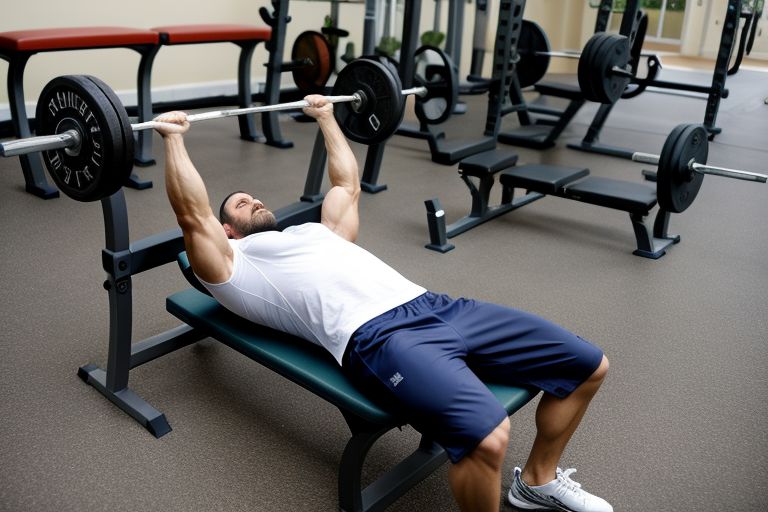
In the realm of fitness and strength training, achieving Personal Records (PRs) holds significant importance. Whether you’re a seasoned lifter or just starting out, PRs serve as tangible milestones that mark your progress and achievements in the gym. In this comprehensive guide, we’ll delve into the essence of PRs, their significance beyond just the 1RM (One Rep Max), and best practices for incorporating them into your workout routine.
What is a PR?
A PR, short for Personal Record, signifies the highest weight or best performance an individual has achieved for a specific exercise. While many associate PRs solely with the 1RM (One Rep Max), it’s crucial to understand that any Rep Max can be considered a PR. Whether it’s a 3RM, 5RM, or even a 10RM, each personal best contributes to your overall progress and development.
Beyond the 1RM
While aiming for a new 1RM can be exhilarating, it’s essential to recognize that it’s not the only metric for progress. In fact, focusing solely on 1RM attempts can lead to excessive fatigue and increase the risk of injury. Instead, diversifying your approach by setting PRs across different rep ranges can provide a more comprehensive assessment of your strength gains and capabilities.
Best Practices for 1RM Attempts
When attempting a 1RM, it’s vital to prioritize safety and proper preparation. Here are some best practices to consider:
- Frequency: Avoid performing 1RM attempts too frequently to prevent excessive strain on your central nervous system and muscles. Aim for 1RM testing every 4-6 weeks to allow for sufficient recovery and adaptation.
- Safety Measures: Always have a spotter or safety mechanisms in place, especially when attempting heavy lifts. This ensures that you have assistance in case of failure, minimizing the risk of injury.
- Weight Selection: Choose a weight that you’re confident you can lift safely. Utilizing tools like the SocialPump app can help calculate your estimated 1RM and guide your weight selection process.
- Warm-up: Prioritize a thorough warm-up routine before attempting a 1RM. Start with lighter weights and gradually increase the load to prepare your muscles and joints for the heavier lift ahead.
Tracking Progress with PRs
While PRs serve as tangible markers of achievement, it’s important to note that they’re not the sole determinant of progress. Consistent progression through the principle of progressive overload—gradually increasing the intensity, volume, or difficulty of your workouts—remains paramount for long-term development. PRs simply offer a means of tracking your advancements and celebrating your hard-earned accomplishments along the way.
In conclusion, PRs play a multifaceted role in the realm of workouts, serving as benchmarks of personal achievement and progress. By embracing PRs beyond just the 1RM, adhering to best practices for 1RM attempts, and recognizing the importance of progressive overload, you can leverage PRs effectively to enhance your fitness journey and attain new heights of strength and performance.